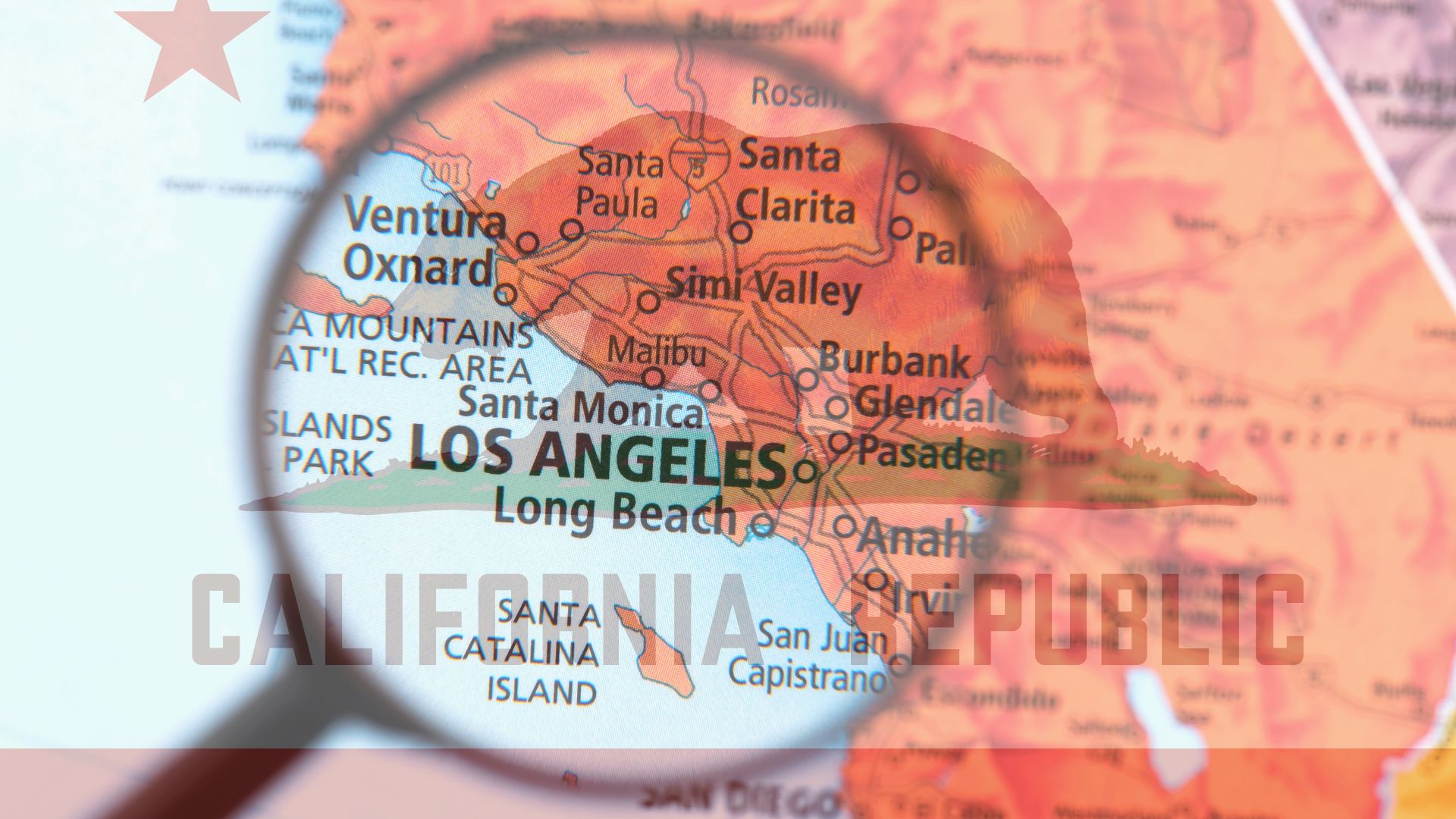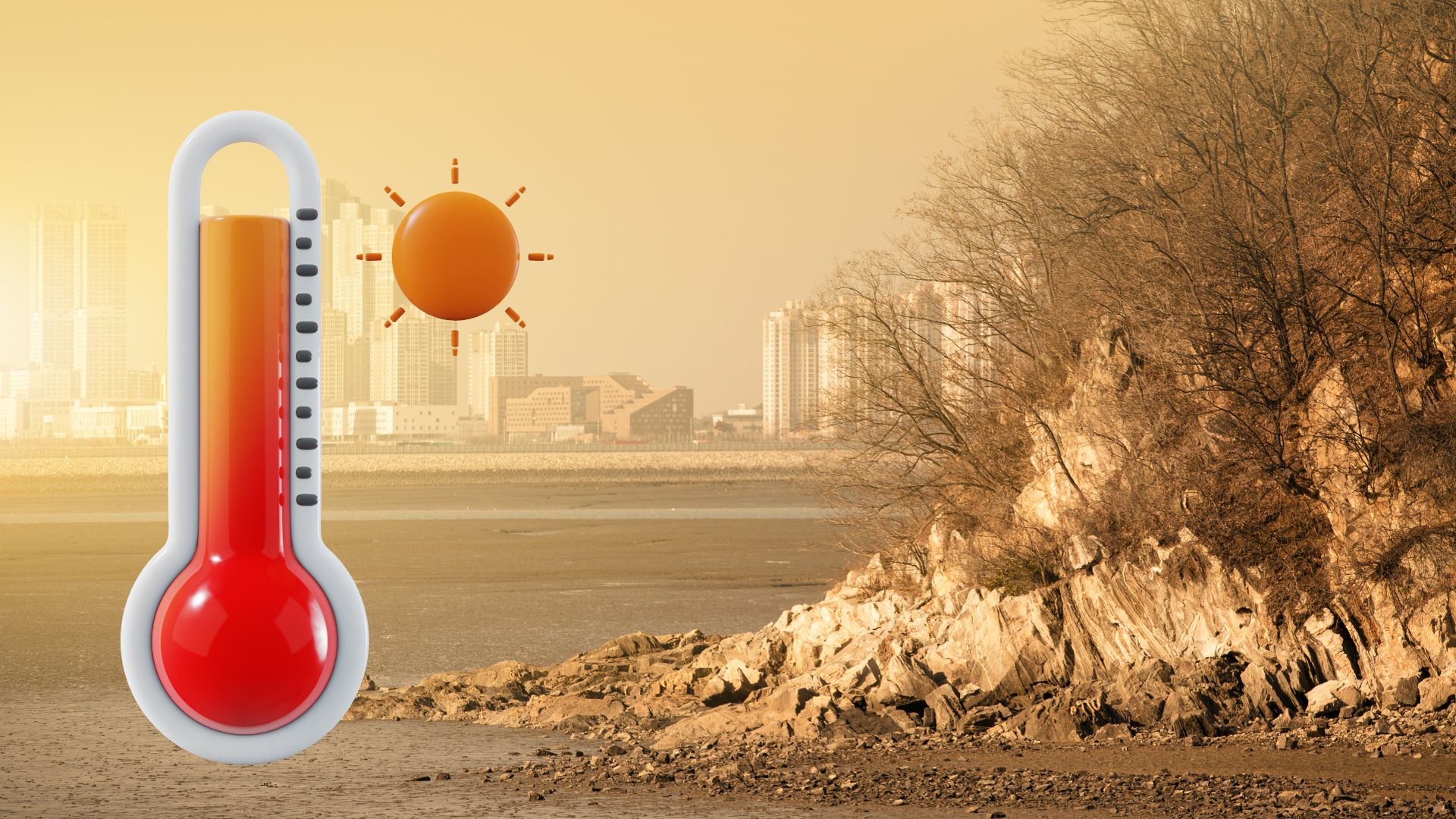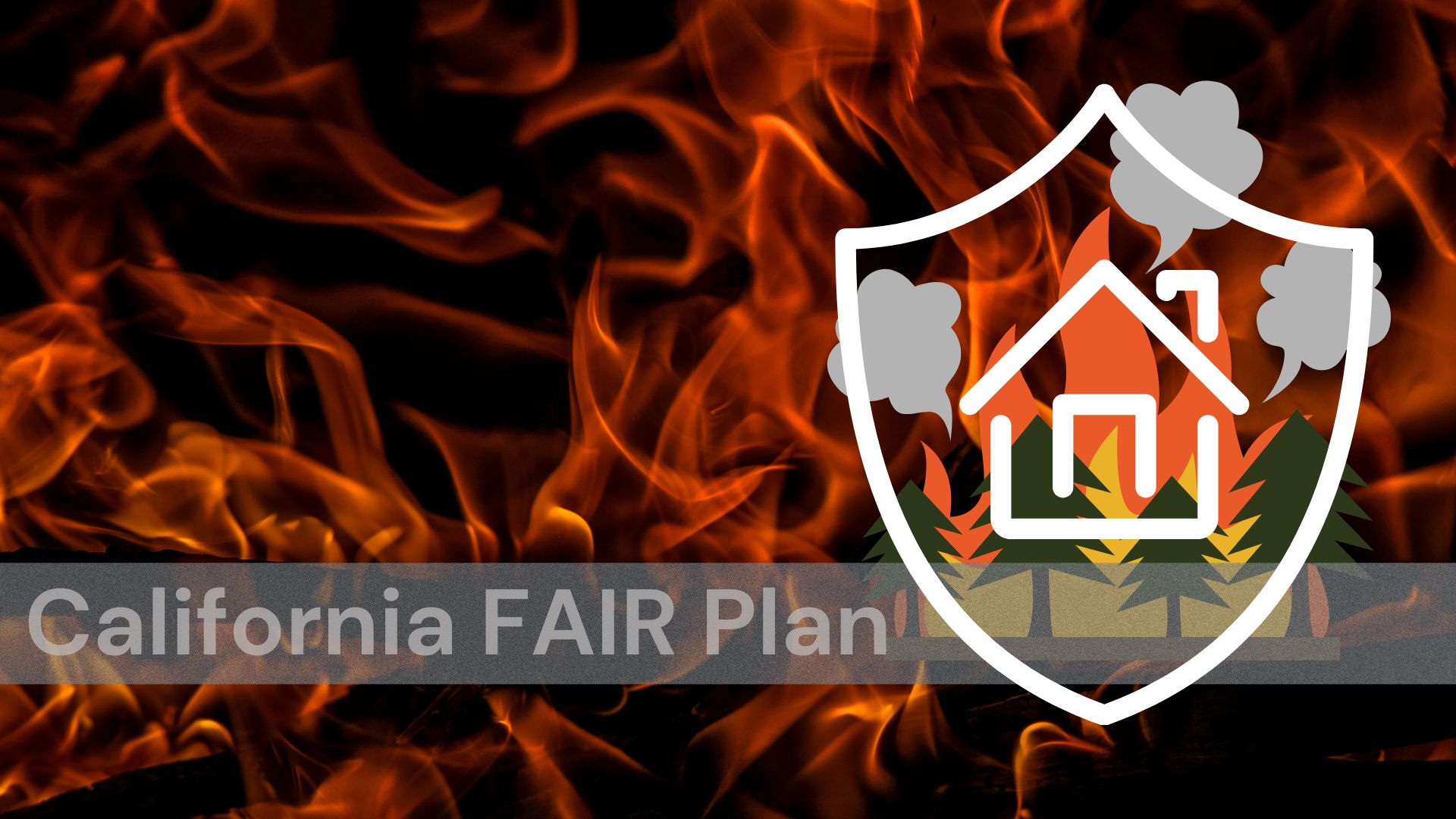California’s Insurance Market Struggles Under Wildfire Pressures: Are We Headed for Another Bailout?
California’s insurance market is teetering under the weight of relentless wildfire seasons, leaving consumers, insurers, and regulators to piece together a system that bears increasingly alarming cracks. With wildfires intensifying due to climate change and sprawling development into fire-prone areas, the state faces a financial quagmire deeper than anyone anticipated. Many are asking if another state-backed bailout is inevitable.
The Wildfire Tipping Point
Wildfires have become a year-round crisis in California, with the latest blazes in Los Angeles leaving scars etched on both the landscape and the insurance market. The Palisades and Eaton fires that erupted in January 2025 burned through 38,000 acres, ravaged over 18,000 structures, and tragically took at least 29 lives. Insured losses from this disaster alone are already pegged at $45 billion, surpassing the notorious 2018 Camp Fire and becoming one of the most expensive wildfires in U.S. history.
The financial ripple effects are reaching deep into the industry’s pockets. “The risk is really clear,” said Sridhar Manyem of AM Best. He warned that another severe wildfire could trigger further assessments or, worse, financial collapse for key players like California’s FAIR Plan, the state’s insurer of last resort.
The FAIR Plan, mandated to cover properties private insurers deem uninsurable, is arguably in the most precarious position. It has already issued a $1 billion assessment to member insurance companies to shore up reserves after the recent fires. But with just three months into the year, that buffer could evaporate with another catastrophic event. According to FAIR Plan President Victoria Roach, the system has a $400 million gap between its cash reserves and its reinsurance deductible, a gap that could trigger additional assessments if calamities strike.
Keep in mind, those assessments don’t just stay in the corporate world. Under California’s new rules, insurers can pass a portion of these costs onto policyholders. Translation? Higher premiums may already be baked into your next renewal notice.
Multiple Perspectives, One Problem
Consumers, insurers, and experts are feeling the heat from vastly different angles, but all agree that the current system is wildly unsustainable.
From Consumers’ Eyes
Californians have increasingly turned to the FAIR Plan as major insurers like State Farm and Allstate tighten their exposure in the state. Over 451,000 policies now fall under the FAIR umbrella, more than doubling in five years. For homeowners in zones like Pacific Palisades or Santa Monica, where FAIR Plan policies have soared 85% in just a year, it’s a grim reality. Policies come with high premiums and limited coverage. “Nobody wants a FAIR Plan policy,” admitted Deputy Commissioner Michael Soller.
The surging premiums are biting all homeowners, not just those in high-risk zones. For many, the escalating cost of insurance feels like getting nickeled-and-dimed for a disaster they can’t control. Jamie Court from Consumer Watchdog, an advocacy group challenging insurer cost-shifting practices, called the recent assessment “a bailout for big insurers.”
Inside the Industry
The insurers tell a different story. They argue they’re stretched thin by back-to-back disasters. Regulatory shifts in 2025, allowing for catastrophe modeling in premium calculations, aim to help insurers better assess risks. However, this modernization comes with a tradeoff. Insurers must expand access to fire insurance in high-risk areas, putting them in a lose-lose situation. “These fires validate the rate increases and industry pressure we’ve seen over the past two years,” said Professor David Russell of Cal State University Northridge.
Critics, though, say relying too heavily on FAIR Plan policies creates a vicious cycle. The more policies the FAIR Plan absorbs, the shakier its financial footing becomes. Eventually, taxpayers could foot the bill if another bailout is required.
The Climate Expert Take
Fueling all of this turmoil is climate change, which is stretching what was once a distinct fire season into a year-round menace. Rising temperatures, prolonged drought, and urban creep into forested areas are driving wildfire intensity and frequency. Some climate experts suggest the wildland-urban interface, which accounts for 32% of housing units in California, is creating an unsolvable risk calculus.
Daniel Bannister, a risk expert with WTW Research Network, emphasized that while insurance reform is necessary, the root causes must also be addressed. This includes stricter land-use policies and more robust mitigation efforts like fire-resistant home construction and vegetation management.
Can New Tools Save the Day?
Despite the doom and gloom, emerging technologies offer hope. Wildfire modeling solutions, enabled by AI and catastrophe scenarios, are sharpening risk prediction. These tools analyze everything from weather patterns to vegetation density and even human behavior to forecast fire impacts.
California’s new rules allowing the use of catastrophe modeling in setting premiums are a step forward. Better data leads to more accurate pricing and could incentivize mitigation efforts. For example, homeowners investing in fireproofing measures may see a financial upside if insurers bake such efforts into their underwriting.
How Wildfire Modeling Tools Work (and Why They Matter to You)
Imagine this: It’s peak summer, and the wildfire risk in your area is climbing, but instead of waiting anxiously for news, advanced wildfire tools are already working behind the scenes to keep you safer. These tools are like the weather forecasters of the fire world, only they don’t just predict flames; they help prevent disaster, protect property, and even save lives. Here’s how they work, and why they’re a big deal for your everyday life.
Step 1: Collecting the Puzzle Pieces
Wildfire modeling starts by collecting a ton of information about the environment. Think of it like building a super-detailed map. Advanced tools pull in data from satellite images, drones, and even sensors planted in fire-prone areas. These systems monitor factors like how dry the vegetation is, how fast the wind is blowing, and whether the humidity is low enough to turn a spark into trouble. It’s like keeping tabs on every ingredient needed to bake an unwanted fire cake.
Step 2: Predicting Trouble Before it Starts
Here’s where it gets cool. These tools don’t just record data; they learn from it. Using artificial intelligence (the same tech behind things like facial recognition), they compare today’s conditions to patterns from past wildfires. If a certain combination of factors screams “wildfire incoming,” the systems can sound the alarm early. Communities might be warned days in advance, giving people time to prepare or evacuate. That’s peace of mind you can’t put a price on.
Step 3: Fire Simulations Straight Out of Sci-Fi
If a fire starts, these tools step into action like a high-tech crystal ball. Models like WRF-Fire take weather forecasts, terrain maps, and details about the available “fuel” (like dry shrubs or trees) to essentially play out the fire’s behavior on a virtual screen. How fast will it spread? Will it climb uphill? Which direction will it go if the wind changes? These simulations help firefighters and authorities make smarter decisions about where to deploy resources for maximum impact.
Step 4: Pinpoint Early Detection
Often, wildfires go unnoticed until they’ve already gained strength. Enter another hero of wildfire technology: real-time detection. AI-trained cameras and drones scan high-risk areas to spot smoke plumes or heat signatures before they can turn into raging infernos. Think of it as having a 24/7 fire lookout stationed everywhere. Combine that with ground sensors that track dryness or temperature spikes, and you’ve got a recipe for fast, effective responses.
Step 5: Aftermath and Recovery
Once the flames die down, wildfire tools don’t just pack up and leave. They’re crucial for assessing the damage. Satellite images and AI algorithms can tell exactly which areas are burned and how severely. This helps homeowners and communities figure out what to rebuild and what to protect moving forward. Plus, the data collected from one fire fuels better predictions for the next one, making the systems consistently smarter.
Why This Matters to You
Here’s the bottom line for consumers like you:
- Improved Safety: These tools mean earlier warnings, faster evacuations, and better firefighting strategies. That translates into fewer lives lost and more communities protected.
- Smarter Insurance Rates: Ever wonder why you’re paying so much for fire insurance? These tools give insurers property-specific risk scores. If you take steps to fireproof your home or live in a well-defended area, it could mean lower premiums.
- Community Resilience: By encouraging preventive measures like fuel reduction or defensible space, wildfire tools make neighborhoods more fireproof. It’s like everyone chips in to create a safer environment.
While the tech might sound complicated, what it delivers is simple but life-changing. Less risk, smarter responses, and safer outcomes. Wildfires might not be stoppable, but thanks to these tools, they’re far more manageable. And that’s good news for all of us.
What Comes Next?
California’s insurance market is at a breaking point, and the situation demands a multi-faceted solution. While new rules and technologies are steps in the right direction, they’re not silver bullets. The state must adopt policies that balance consumer affordability with insurer sustainability.
For residents? Staying proactive is key. Assess your property risks, explore mitigation measures, and clarify your coverage limits. Wildfire insurance may be far from glamorous, but in California, it’s increasingly becoming a non-negotiable necessity.
The road ahead is fraught with challenges, but through better risk management strategies and cooperative efforts among insurers, regulators, and communities, California has a fighting chance to weather this storm. If not, we may find ourselves asking taxpayers to bail out an industry that should be the safety net for our greatest risks.


